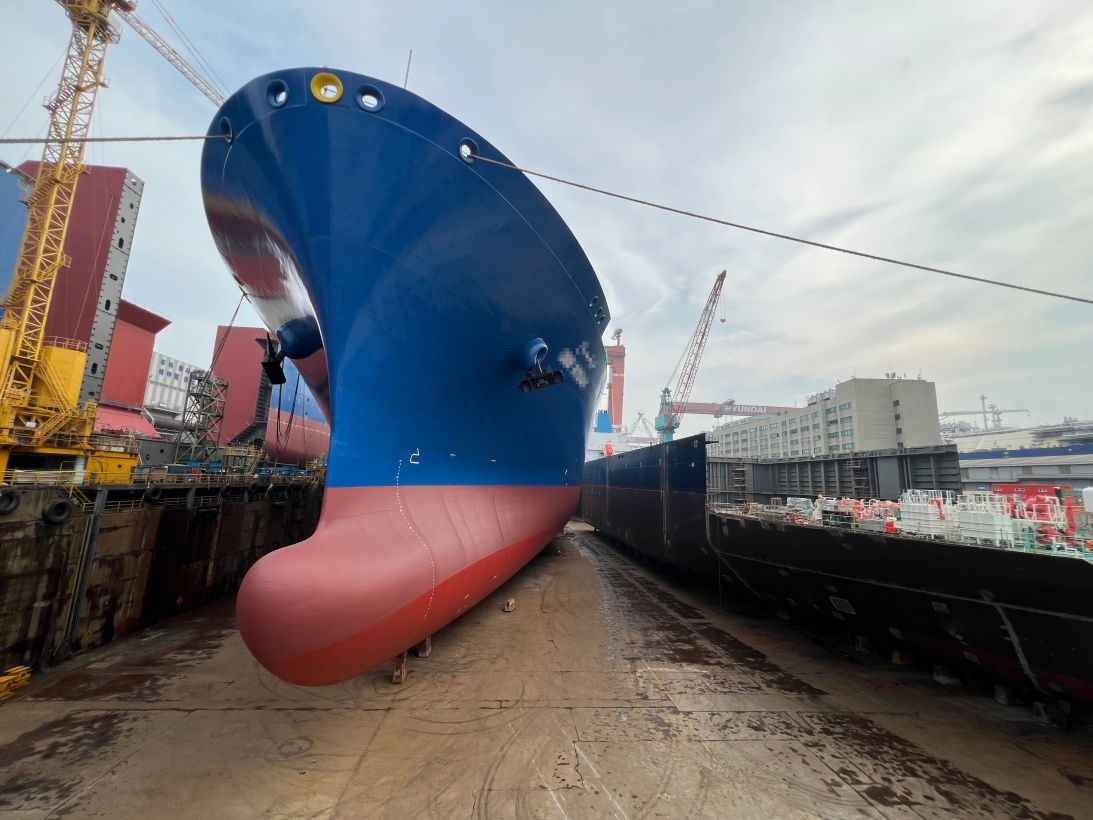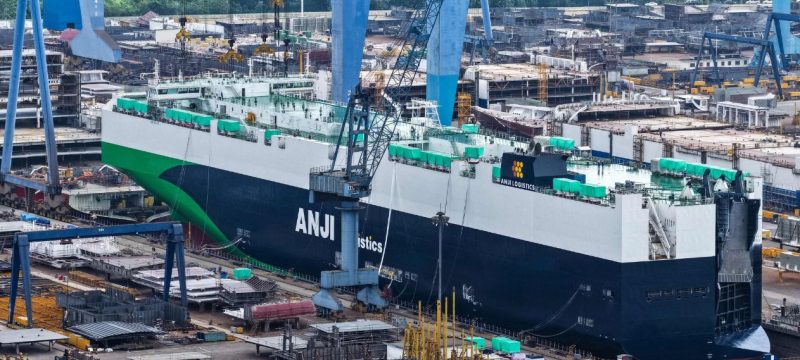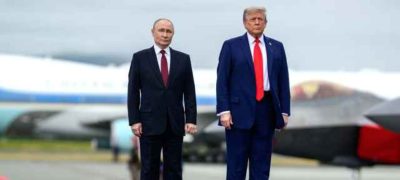The United States Navy is facing what officials call a US shipbuilding crisis, with projects delayed, budgets overshooting, and capacity struggling to meet the growing demands of global defense competition. Now, two of South Korea’s leading shipbuilders — HD Hyundai Heavy Industries and Hanwha Ocean — believe they can help America rebuild its naval edge.
‘Make American Shipbuilding Great Again’
President Donald Trump has launched a new initiative under the banner “Make American Shipbuilding Great Again.” The campaign seeks to revive the once-dominant US maritime industry and strengthen the Navy’s ability to compete with the rapidly expanding Chinese fleet.
Leaders from South Korea’s shipyards say their expertise could be the key. Both Hyundai Heavy Industries in Ulsan and Hanwha Ocean in Geoje are renowned for producing advanced warships — from frigates to submarines — on time and within budget.
“All of our programs are a mess,” admitted US Navy Secretary John Phelan during a congressional hearing in June.
“Our best one is six months late and 57% over budget. That is the best one.”
Efficiency Meets Experience

At South Korea’s industrial shipyards, the contrast is striking. During a recent CNN visit, officials explained how the nation became a global shipbuilding powerhouse through precision, discipline, and technological innovation.
At Hanwha Ocean, a new facility was built in just 14 months to construct four next-generation frigates for the South Korean Navy. Each 122-meter vessel will take roughly three years to complete — which happens to be the same length of time that many US Navy programs are delayed.
The difference lies in process control and workforce experience.
Lee Jin, Vice President at Hyundai Heavy Industries, said that the average worker at their shipyard has been with the company for over 16 years. That stability has helped Korea sustain consistent quality across both commercial and military projects.
A Tale of Two Systems
Experts say the gap between South Korean and American shipyards comes down to organization and flexibility.
Sal Mercogliano, a shipping expert at Campbell University, noted that Korean yards can switch between commercial and military projects as needed — a model that keeps skilled workers employed and supply chains active year-round.
In contrast, the US system is fragmented.
Post–World War II, America outsourced much of its commercial shipbuilding to Asia and focused almost exclusively on military vessels. The result, Mercogliano says, was a shrinking industrial base and an overreliance on a few large contractors.
“We gave up the shipbuilding industry foolishly, many years ago,” President Trump said during an August summit with South Korean President Lee Jae Myung.
“Now it’s time to bring it back.”
Precision, Automation, and Proximity
At Hyundai’s vast shipyard in Ulsan — the largest in the world — production runs like clockwork. Workers weld, assemble, and transport massive hull sections with the help of 360-foot-high cranes capable of lifting over 1,200 tons.
Hanwha officials say efficiency also comes from geography. About 90% of all ship components are sourced within 50 kilometers of the Geoje shipyard, creating a tightly knit local supply network.
Inside the yards, movement is constant but organized. Steel hull sections are transported by specialized flatbed vehicles, guided by workers on bicycles who ensure precision and safety. Signs across the campus remind employees:
“There is not a single important task in our company worth you getting hurt over.”
The US Looks for Help
South Korean companies see opportunity across the Pacific. Hanwha Ocean recently purchased Philly Shipyard in Pennsylvania and announced plans to invest $5 billion to expand its capacity. The company hopes to attract commercial contracts first, and eventually — military ones.
Hyundai has also expressed interest in expanding operations within the US. However, both companies face a significant barrier: US law forbids the Navy from building or purchasing foreign-made warships, even from allies.
Changing that would require Congressional approval and assurances that national security and labor protections remain intact.
A Possible Path Forward
Some see potential in hybrid partnerships. The recent deal between the US and Finland allows Finnish shipyards to build several US Coast Guard icebreakers before production shifts back to American facilities. A similar approach could apply to naval support vessels or auxiliary ships.
Professor Mercogliano suggests that initial collaboration on non-combat ships could pave the way for deeper integration later.
“There’s great potential to start building ships in Korea and then move the process over to the United States,” he said.
But Hanwha’s Jeon Yu-su believes the vision should be even more ambitious.
When asked whether he hopes to see US warships built at his Geoje shipyard, he didn’t hesitate.
“Yes,” he said confidently.
A Shared Future in Shipbuilding?
While political, legal, and logistical challenges remain, both sides acknowledge that collaboration could benefit the US Navy’s struggling programs. The US shipbuilding crisis is not only about cost overruns — it’s about restoring the industry’s lost rhythm.
For South Korea, which has mastered the art of industrial shipbuilding, the path to cooperation may soon open new waters for global defense manufacturing.
In other news also read about China and Russia Join Kim Jong-un in Massive North Korean Military Parade; A New Axis on Display?









